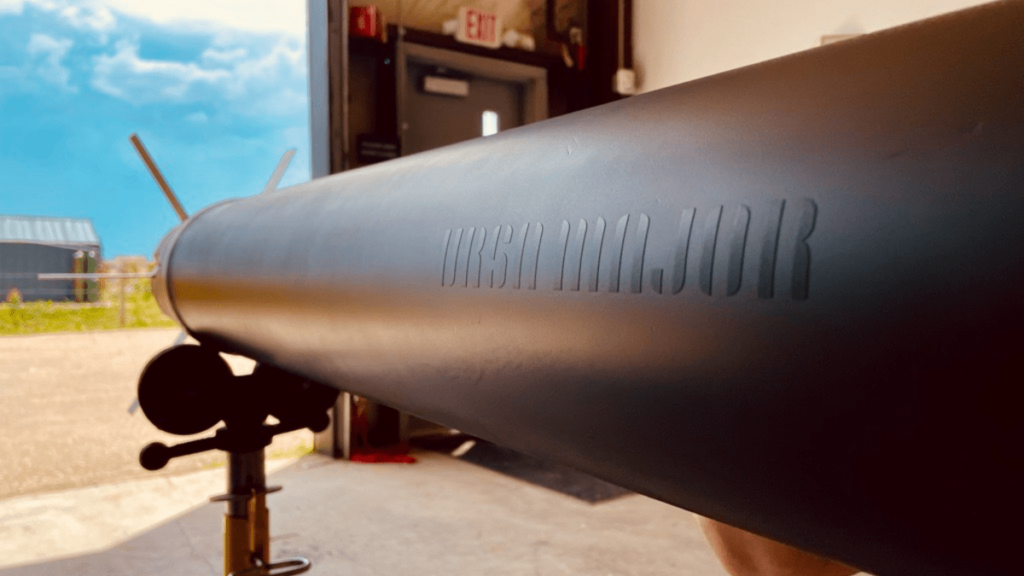Ursa Major, a startup that makes 3D printed rocket motors, announced today that it has been awarded a $12.5 million contract from the Defense Office of Strategic Capital (OSC) and the U.S. Navy to develop a new solid-fuel rocket engine. The company has raised $274 million to date, according to PitchBook, and will be matching the funding, bringing its total allocated to the effort to $25 million.
The $12.5 million investment also marks the first funding publicly announced by the OSC, which has been mired in congressional red tape since its inception in 2022. The agency aims to attract more private capital to defense technology but has struggled to get Congress to approve its proposed $144 million budget.
The Navy's investment signals the administration's appetite for innovation in rocket motor manufacturing. Currently, only a few defense companies are capable of manufacturing solid rocket motors, a major issue at a time when the war in Ukraine has strained U.S. supplies of solid rocket motors. “At the current rate of production, motors that need replacing will be five to 18 years old,” said Bill Murray, Ursa Major's chief product officer. “We end up relying on outdated manufacturing technology.”
Murray said that while traditional manufacturing processes can take more than a year, Ursa Major can produce them in less than a month. That's because Ursa Major relies heavily on 3D printing, also known as additive manufacturing, to streamline the production of complex parts and allow contractors to iterate on designs more quickly. Essentially, think of a rocket motor part that would normally require dozens of pieces welded together. 3D printing allows the part to be produced as one solid piece.
Founded in 2015, the company has won government contracts in the past, including a contract from the Air Force Research Laboratory last year to develop a hypersonic launch engine.
Murray said the investment demonstrates the military's commitment to supporting innovative technology: “The Navy wants to have emerging companies come in and help shape the future of the industry,” he said.



